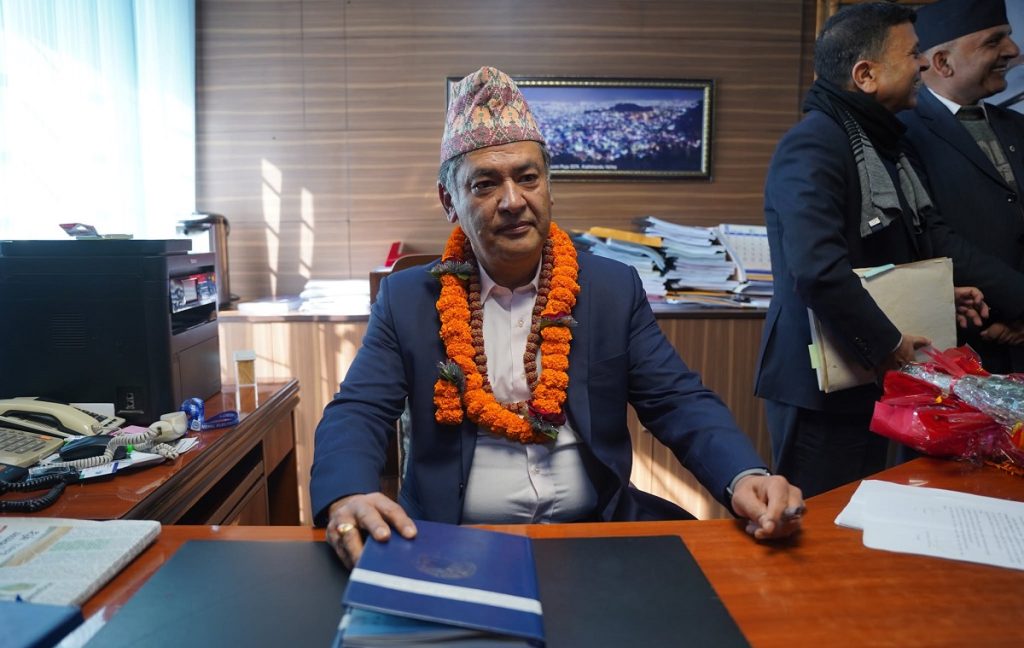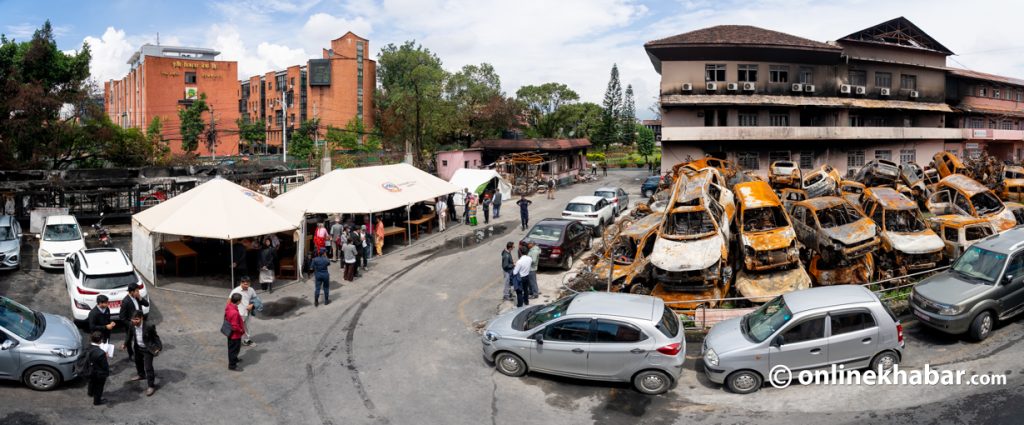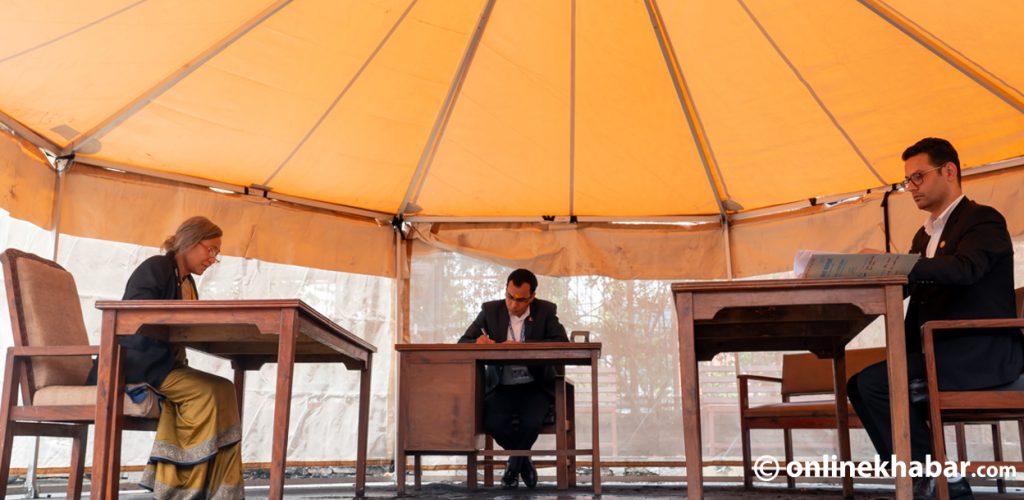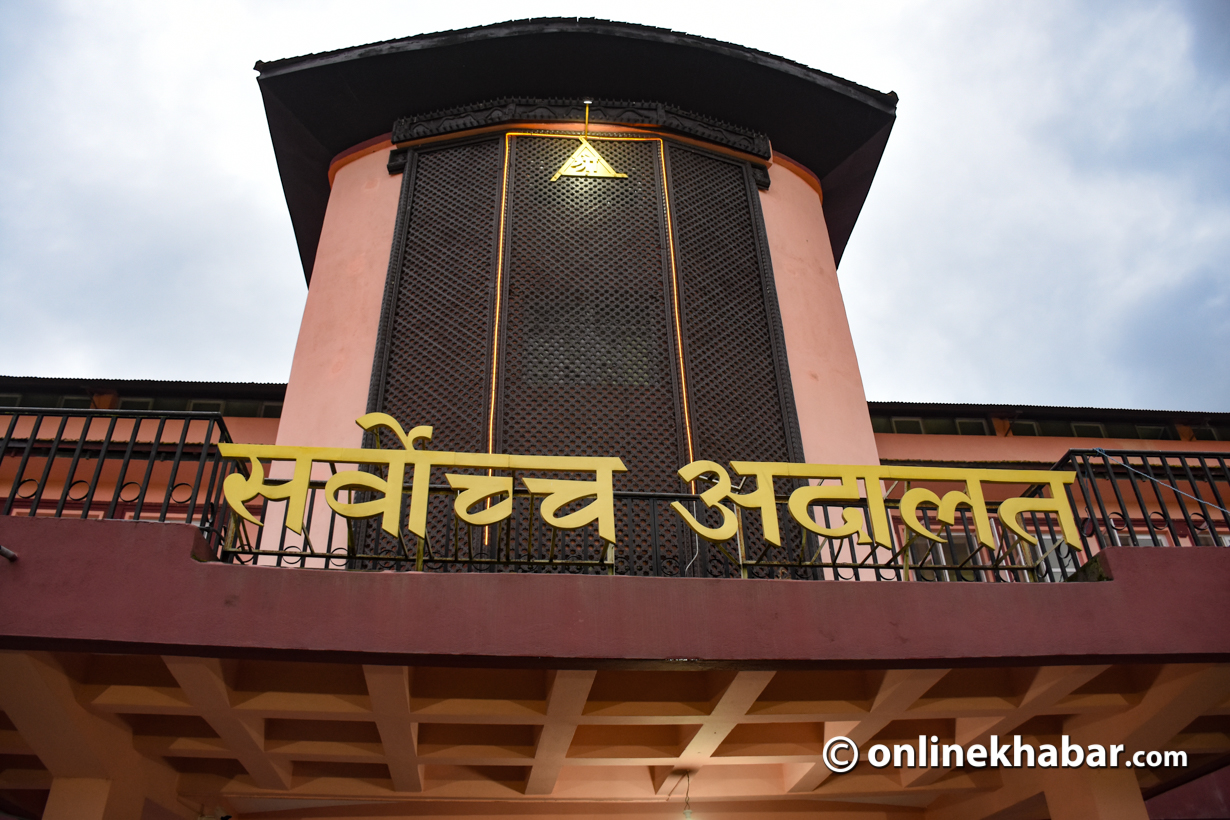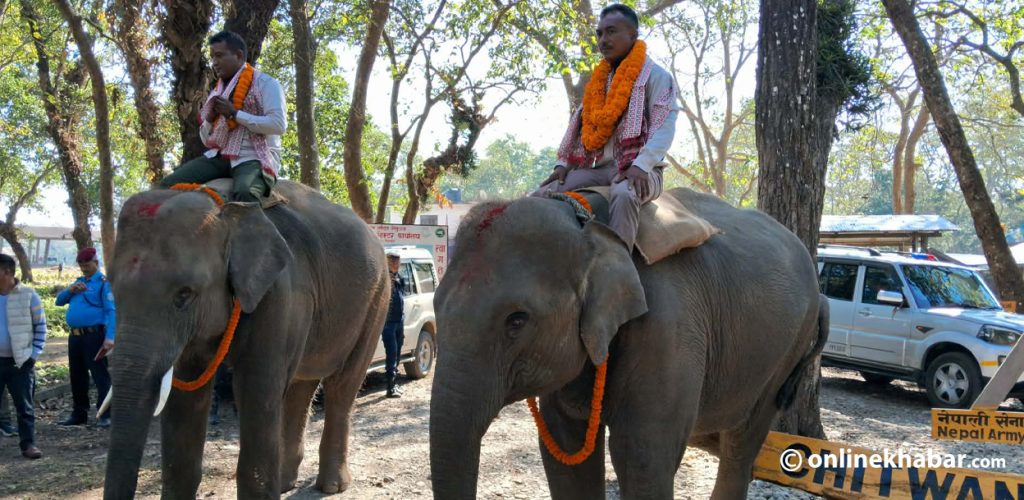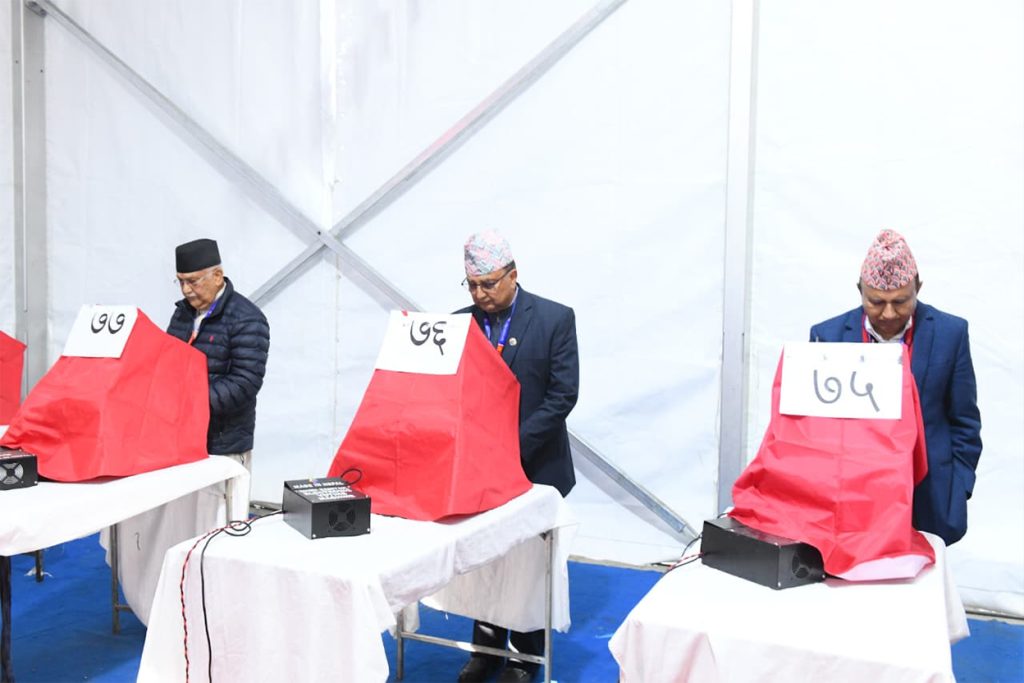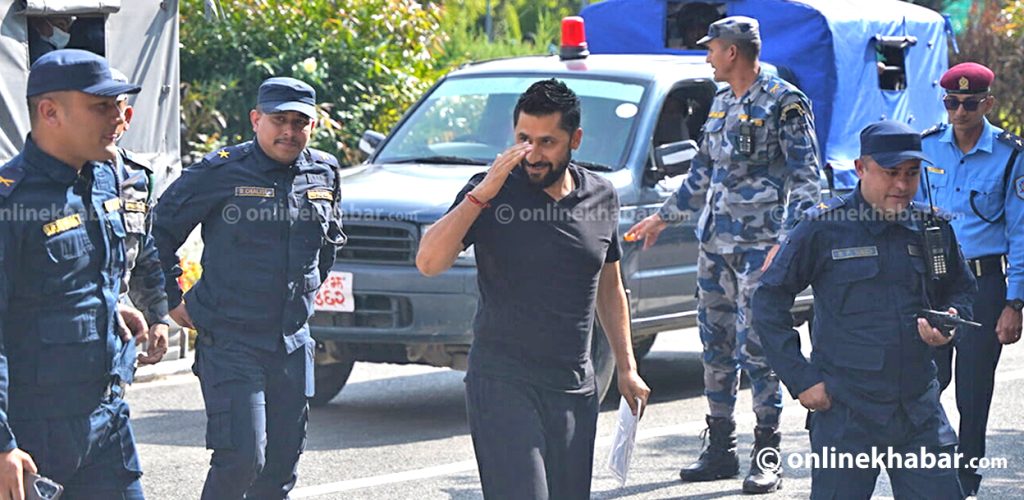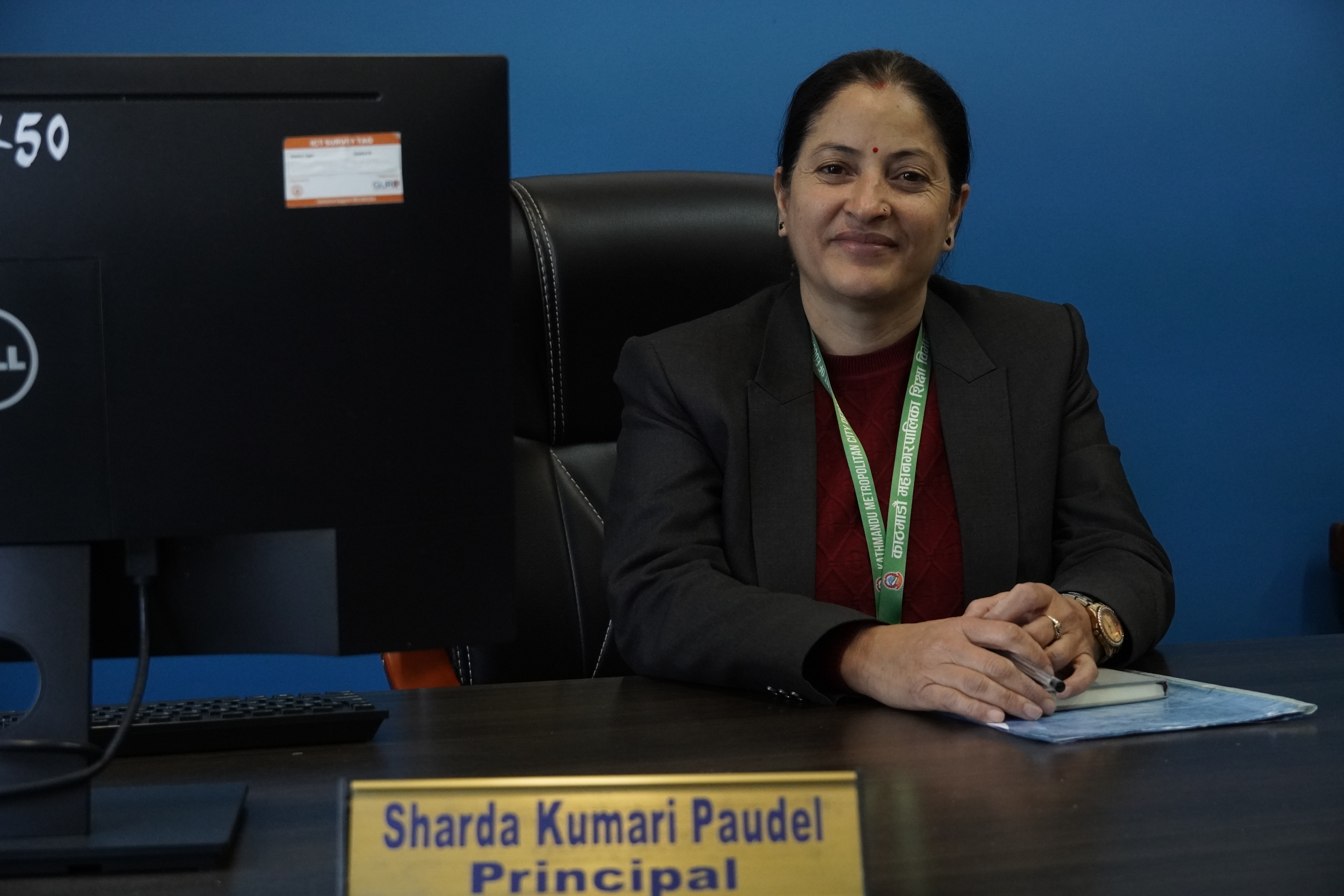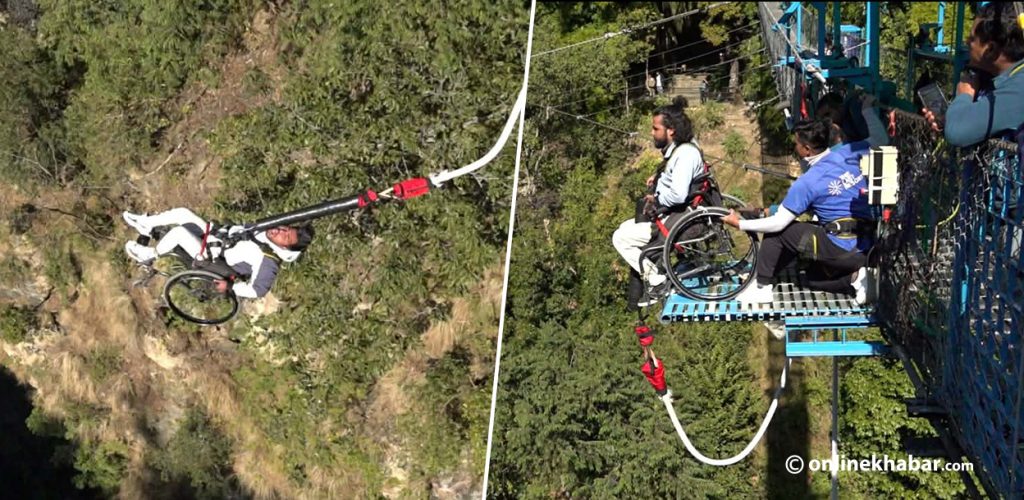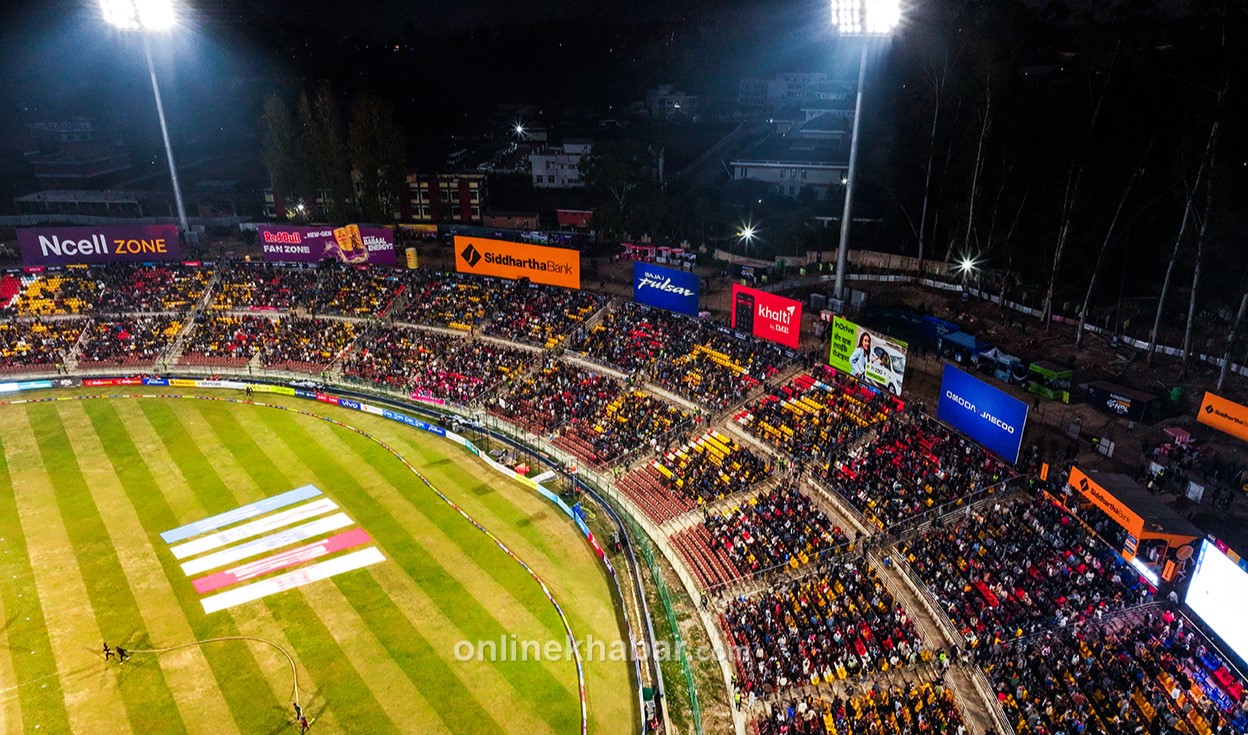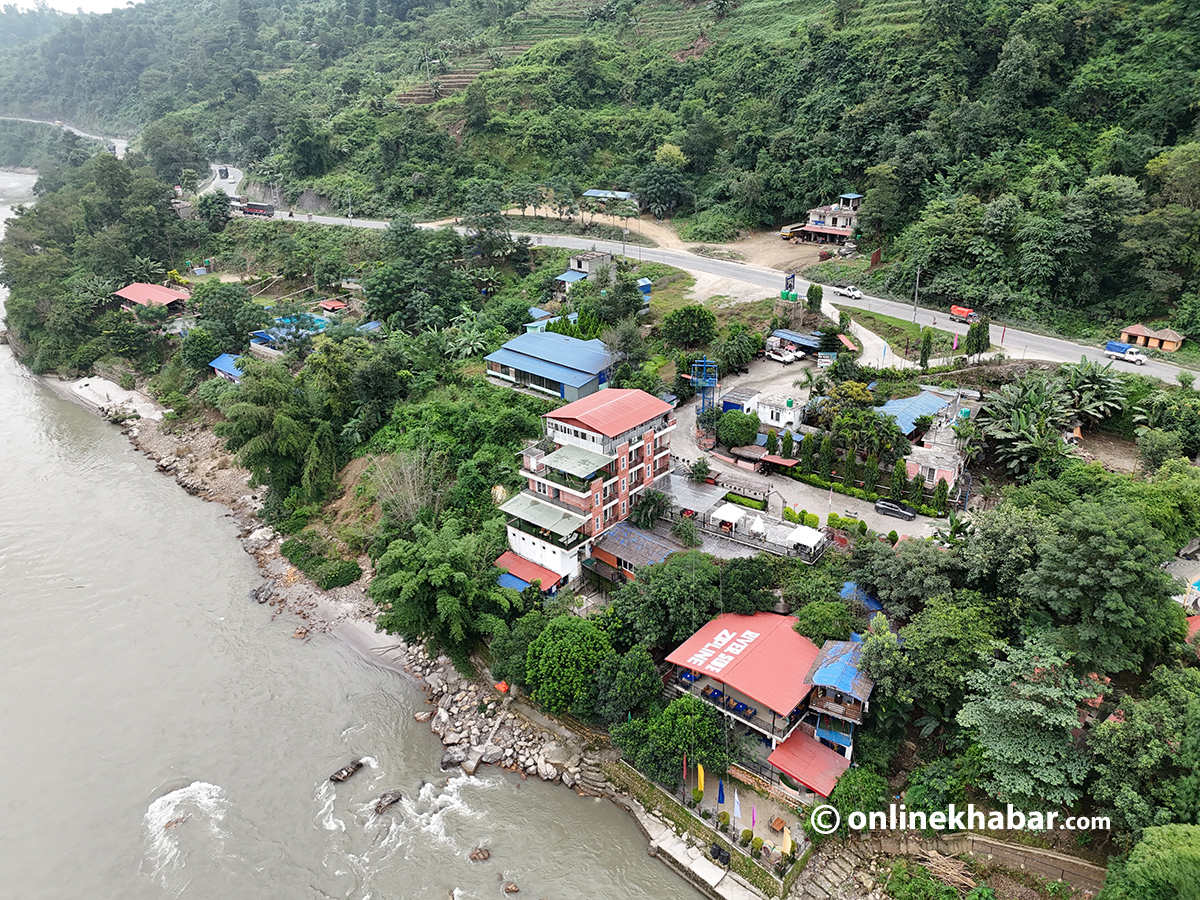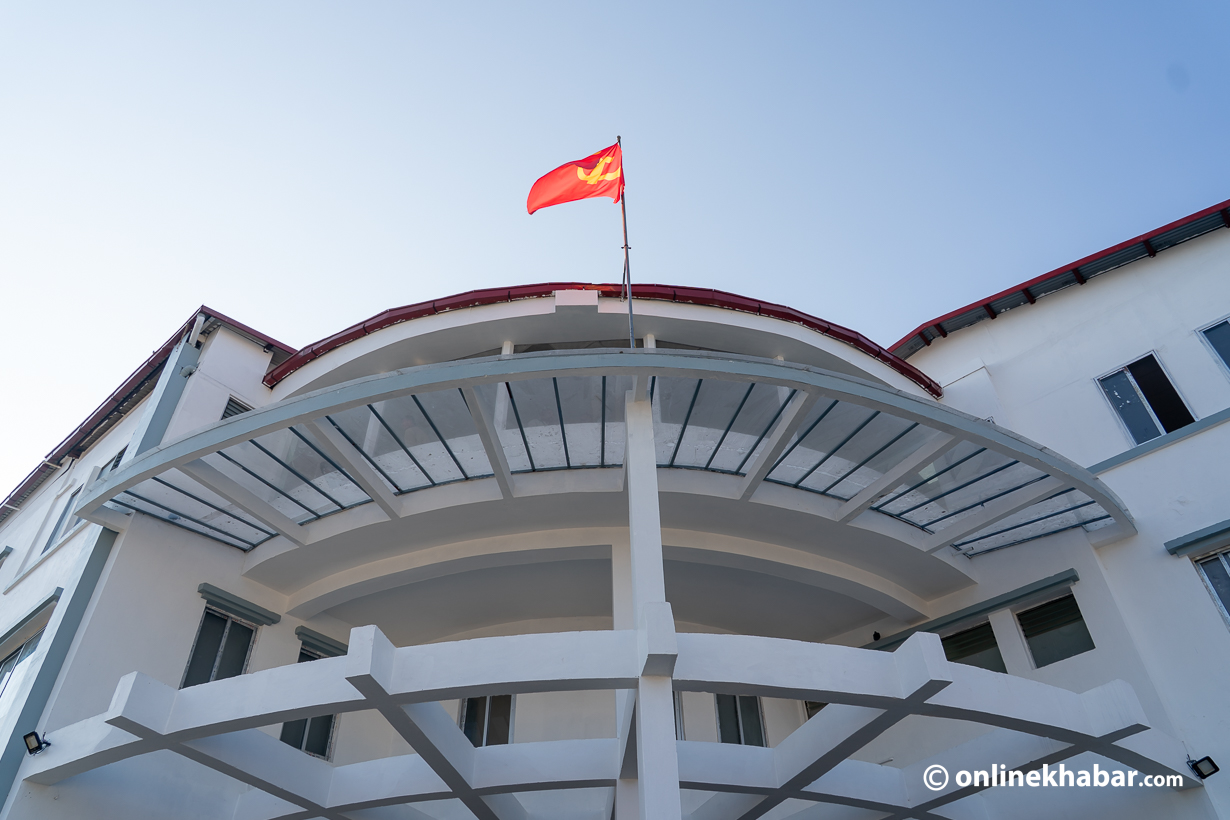
Kathmandu, August 18
The Supreme Court has issued a mandamus order directing authorities to move forward with an investigation into the infamous Gaur massacre, one of the deadliest incidents of political violence in Nepal’s recent history.
A joint bench of Justices Til Prasad Shrestha and Nityananda Pandey on Monday instructed that long-delayed investigations into the killings be resumed. The order followed a petition filed by Tribhuvan Shah and others, demanding accountability and justice for the victims.
The Gaur massacre took place on March 21, 2007, in Rautahat district, when clashes erupted between cadres of the Madhesi Jana Adhikar Forum (MJAF) and the Maoist-affiliated Madhesi Mukti Morcha. The confrontation at the Rice Mill ground left at least 27 Maoist activists dead and more than a hundred others injured. Victims’ families, however, claim 28 people were killed.
According to a report by the National Human Rights Commission (NHRC), the violence began after Forum supporters vandalised a stage set up by the Maoists. The situation escalated when gunfire was reported near the municipal office, leading to widespread panic, clashes, and brutal killings. Many victims were captured, beaten, and executed in what the NHRC described as “inhumane and cruel” acts. Some were attacked with blunt weapons, while others bore injuries to sensitive body parts. Several were even burned, and reports claimed bodies were paraded around a local temple before being left at the site.
The NHRC concluded the killings were premeditated and systematic, holding Forum cadres primarily responsible. It noted that the rights of those taken into custody were violated, stating: “The killing of persons under control or in captivity constitutes a crime under national and international law.”
At the time, Maoist chairperson Pushpa Kamal Dahal “Prachanda” blamed royalist forces, Indian extremists, and foreign reactionary powers for orchestrating the massacre. He also accused state security forces of remaining passive as the violence unfolded for hours. Madhesi Forum leader Upendra Yadav, meanwhile, went underground shortly after the incident.
Despite victims filing police complaints naming individuals involved, no meaningful investigation or prosecution has taken place over the past 18 years. The NHRC, in its 2007 report, explicitly held Forum members accountable, but successive governments, including four led by the Maoists themselves, failed to act. The only state response was to declare the dead as martyrs and provide compensation of one million rupees per victim’s family.
Security agencies had reportedly received prior warnings of possible clashes. The Rautahat District Security Committee had even requested additional forces, but reinforcements were never deployed. The NHRC later held Dahal, MJAF leader Upendra Yadav, Madhesi Mukti Morcha general secretary Prabhu Sah, and former Maoist “people’s government” chief Bindeshwar Yadav responsible for failing to prevent the killings.
The Gaur massacre occurred just months after the Maoists entered the peace process and as Nepal was undergoing a major political transition. Analysts and rights groups have long pointed to both political rivalry and state negligence as causes of the bloodshed.
With the Supreme Court’s latest directive, families of the victims are once again hoping for long-delayed justice.




